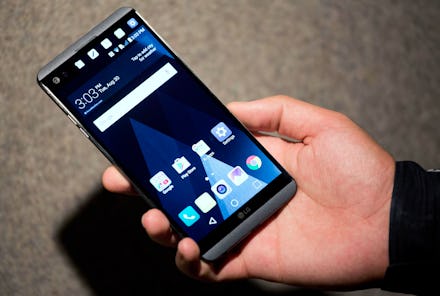This is the No. 1 mistake Android users make when creating a passcode

When creating a lock screen pattern for an Android device, there's one move all Android owners should avoid: starting the pattern from the upper-left corner node. Why? Because almost half of Android users are doing the same thing.
In 2015, Marte Løge, a graduate of the Norwegian University of Science and Technology, studied roughly 4,000 Android pattern locks for her Master's thesis to discover some pattern trends that were more commonly found than others — much like those often found in pin codes and passwords. One surprising finding: 44% of lock screen patterns began at the upper left corner node regardless of whether the device owner was left-handed or right-handed.
Løge discovered that 77% of the patterns started at a node in one of the four corners, and that more than 10% of Android users would pick a pattern shaped like a letter of the alphabet. There were gender differences, too, as men were found to be more likely to pick a longer and more complicated pattern than their female counterparts.
"Humans are predictable," Løge told Ars Technica at the 2015 PasswordsCon conference in Las Vegas. "We're seeing the same aspects used when creating pattern locks [as are used in] pin codes and alphanumeric passwords."
Android devices have nine nodes you can use to create a lock screen pattern, which means there are 389,112 possible pattern lock codes. Løge found the average number of nodes utilized to be 5, which reduces the total number of possible lock patterns to 9,000, compared to the 140,704 possible combinations when using all nine nodes. A large number of Android users studied opted for the bare minimum — four nodes — which dwindled the lock screen pattern variation down to 1,624.
How can you make your lock screen more secure? Løge told Ars Technica that users should opt for turning off the "make pattern visible" setting, that they should have the line cross over itself to make it more challenging for anyone looking over your shoulder to memorize the sequence and that they should choose a pattern that utilizes more nodes.